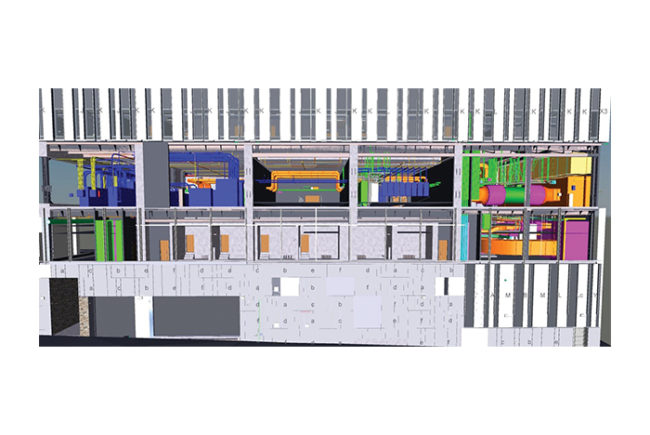One of the most impressive health care accomplishments of recent years was announced in November, when three out of four of the 2011 Malcolm Baldrige National Quality Awards were given to hospitals and health systems.
Cited for high scores in clinical and satisfaction measures, Henry Ford Health System of Detroit, Schneck Medical Center of Seymour, Ind., and Southcentral Foundation of Anchorage, Alaska, demonstrate the great strides health care organizations have made in advancing quality. Indeed, it's becoming rare to find a hospital that has not undertaken rigorous measures to improve its community service.
HFM's readers have been on a parallel journey, as quantitative evidence has gained currency in every facet of hospital design, construction and operations. From architects and interior designers researching the performance of planning decisions, to construction managers calculating the benefits of Lean techniques, to engineers documenting optimal energy savings and efficient maintenance practices, to environmental services leaders tracking cleaning efforts and HCAHPS scores, data collection, analysis and improvement have become second nature for managers and contractors reporting to the C-suite.
But these health facilities professionals may be doing themselves a disservice by not demonstrating to administrators how hard data reinforce their decisions and how these measures fit into the hospital's overall quality and financial picture.
While the fear of facing glazed-over eyes once kept managers from sharing many of their methods and justifications with executives in favor of a bottom-line approach, CEOs have never been more open to decisions based on clear, demonstrable evidence, which HFM's readers have been gathering in abundance.





